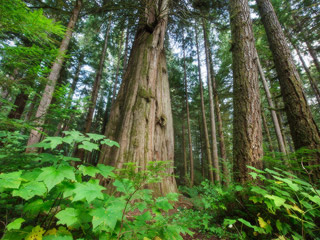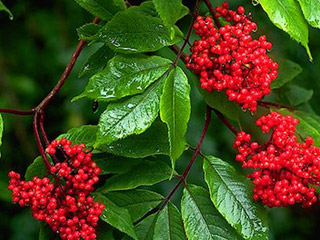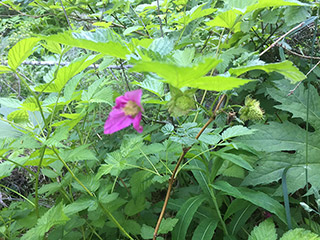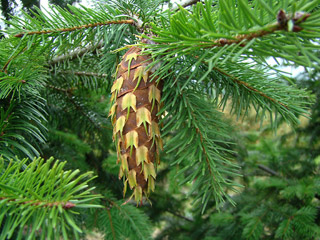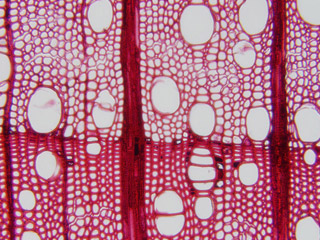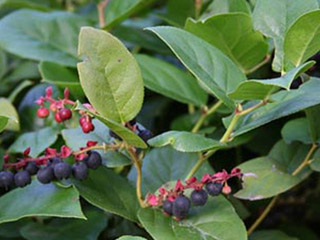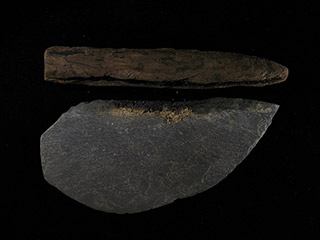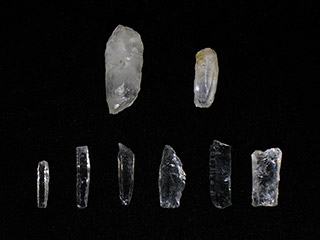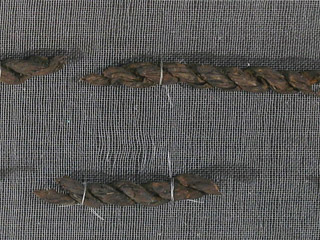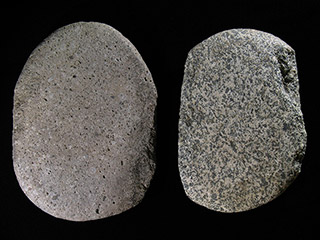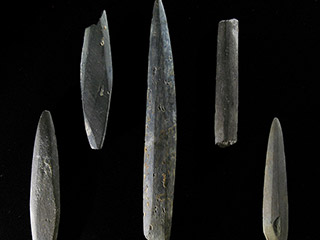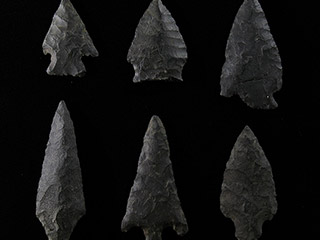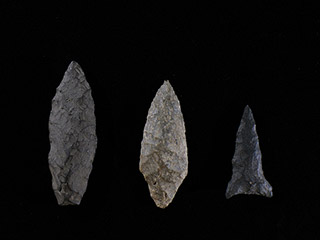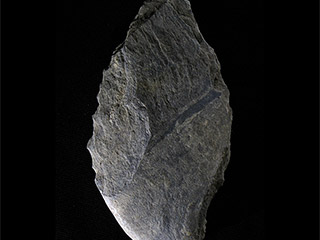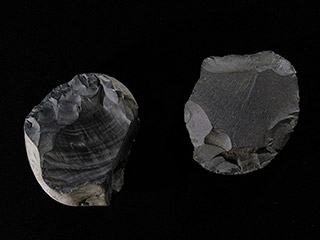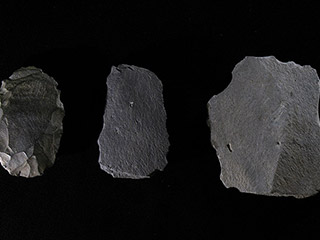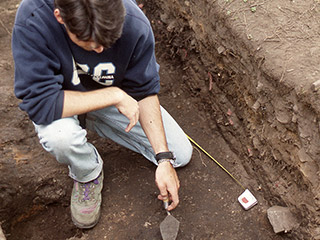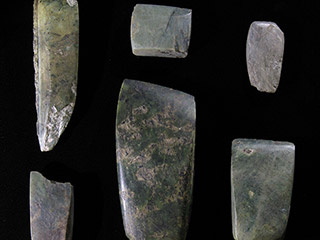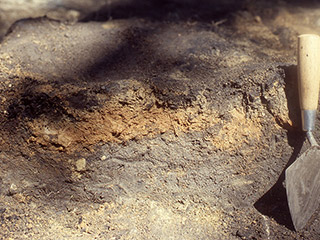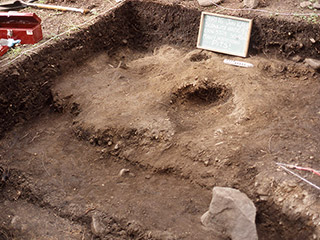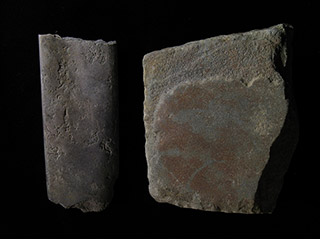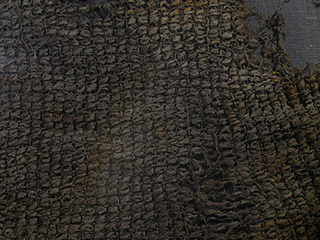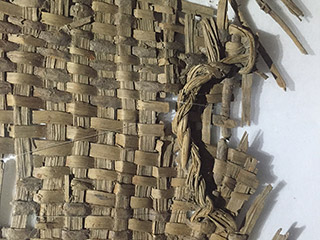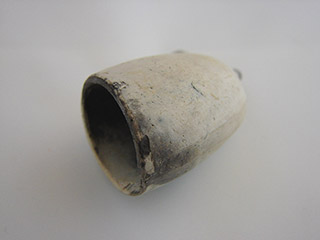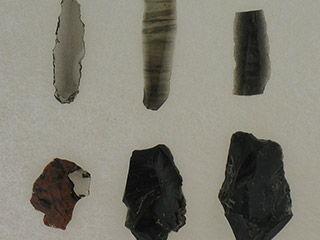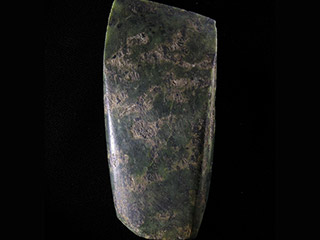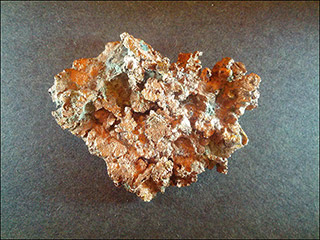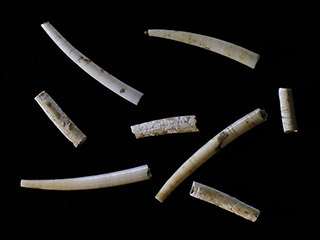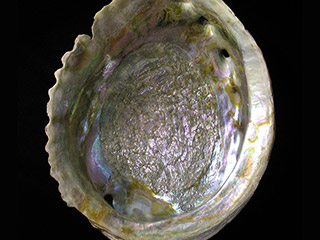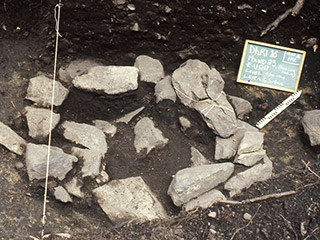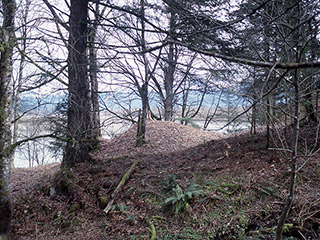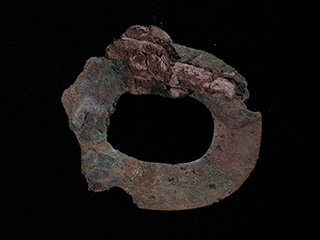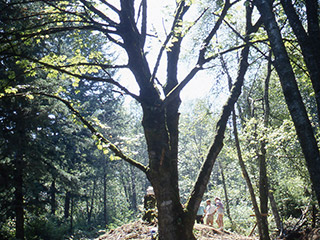Our Belongings | Á:wkw’
Á:wkw’ (belongings) are the things our ancestors made and used. Archaeologists call these ‘artifacts.’
Plant Harvesting
sts'ísem teli te kw'ehíthelh
Ancient Stó:lō peoples made a living harvesting the foods and materials that nature provided. Our ancestors harvested plants throughout the growing season. They enjoyed plant foods fresh and dried. They transformed wood and plant fibres into houses, canoes, artworks, baskets, and other necessary items. We practice many of these activities today. In this section, we describe the most important food and technology plants used by Qithyil villagers. View All Plant Harvesting Belongings
Fishing
slhílhekw'et
Fish have always been at the heart of our diet. Our ancestors once ate as much as 90% fish, including salmon, sturgeon, eulachon, trout and many other species caught in the Harrison and Fraser Rivers and their tributaries. In this section, we showcase the many kinds of tools and techniques used to catch and process different kinds of fish. View All Fishing Belongings
Hunting
s-háwe
We have always depended on animals for our survival and we have great respect for them. When the world was made, our Creator, Chíchelh Siyá:m, put animals here first and humans here last, as the weakest of all beings. Hunters, called tewít, were given knowledge and expertise in hunting and trapping by the Creator. In this section, we describe the tools and techniques of this trade. View All Hunting Belongings
Building
stháyem
Our Sq’éwlets ancestors built all that we needed--houses and canoes, boxes and bowls--from local materials. Xepay (redcedar) wood was one of our favorite and most widely used materials. Over thousands of years, our ancestors crafted a tool kit including drills, celts, knives, and saws for building. We re-used broken cooking stones as construction fill. Community planners, architects and builders were all part of our community. View All Building Belongings
Dwelling
lá:lém
Our ancestors lived and loved and raised their children at Qithyil and other villages in our territory for thousands of years. They built their houses along the river terrace, fished the river’s shores, smoked and dried fish and meat and berries for winter. The belongings in this section show how Sq’éwlets families went about their daily lives, truly dwelling in this place and making it their own. View All Dwelling Belongings
Trading
s'iyáqstem
Ancient Sq’éwlets people were active business people. They met communities from near and far at the annual salmon fishery on the Fraser River to work, trade, and feast together. In Halq’eméylem, the word xwoxwíyém means "to sell something to non-family." Our Sq’éwlets ancestors traded dried salmon for tools, foods, ornaments, and many other goods described in this section. View All Trading Belongings
Caring for Ancestors
syewelá:lh
As Stó:lō, we have always laid our loved ones to rest in their home cemeteries. Over millennia, we used different types of ancestor memorials to honour our dead, described in this section. Our ancestors of long ago are now physically part of our land. Spiritually, we look after them through ‘burning’ ceremonies. In the afterlife, some return to us as the life force of newborn children. View All Ancestor Belongings



